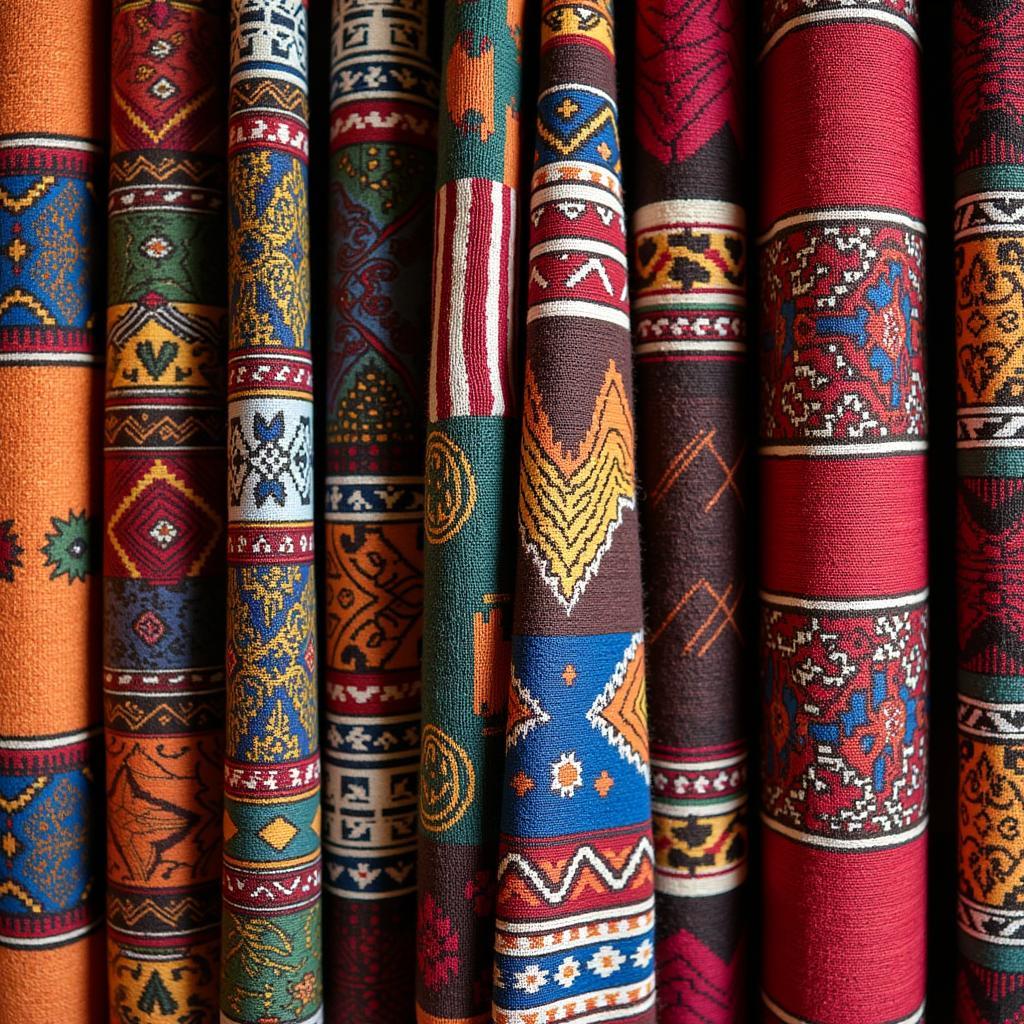Understanding the African Holocaust: The Rwandan Genocide
The African Holocaust, often referred to as the Rwandan Genocide, was a horrific event that unfolded in 1994. It left an indelible scar on the heart of Africa and serves as a chilling reminder of the devastating consequences of hatred and indifference. This article delves into the historical context, the events of the genocide, its aftermath, and the ongoing efforts towards reconciliation and healing.
The Rwandan Genocide was a meticulously planned and brutally executed mass slaughter of the Tutsi population by Hutu extremists. Between April and July 1994, an estimated 800,000 Tutsis and moderate Hutus were systematically murdered, often with machetes and other crude weapons. This devastating event unfolded over a period of just 100 days, shocking the world with its speed and ferocity. The genocide was fueled by decades of ethnic tensions and political manipulation, which ultimately culminated in an orchestrated campaign of violence. african holocaust offers further insights into this complex history.
The Roots of the Rwandan Genocide: A Historical Perspective
The seeds of the Rwandan Genocide were sown long before 1994. Colonial rule exacerbated existing social divisions between the Hutu and Tutsi groups, creating a hierarchy based on ethnicity. The Belgians favored the Tutsis, granting them privileged positions in society, which further fueled resentment among the Hutus. This historical context is crucial to understanding the events that led to the genocide. Post-independence politics continued to exploit these divisions, with successive governments using ethnic tensions to maintain power.
What were the key events leading up to the genocide? Propaganda and hate speech played a significant role, dehumanizing Tutsis and portraying them as a threat to the Hutu majority. Radio stations became powerful tools for spreading misinformation and inciting violence. The assassination of Rwandan President Juvénal Habyarimana in April 1994 served as the catalyst for the genocide, igniting a pre-planned campaign of mass murder.
The 100 Days of Horror: Unfolding of the Rwandan Genocide
The genocide unfolded with terrifying speed and brutality. Hutu militias, armed with machetes, clubs, and other weapons, roamed the streets, systematically targeting Tutsis and moderate Hutus. Neighbors turned against neighbors, friends against friends, as the killing spree consumed the nation. Women were subjected to horrific sexual violence, and children were not spared from the brutality. The international community’s response was slow and inadequate, with many nations reluctant to intervene.
How did the international community respond to the unfolding crisis? The United Nations peacekeeping force present in Rwanda was woefully understaffed and lacked the mandate to effectively intervene. The world stood by as the genocide unfolded, failing to provide timely assistance and protection to the victims. The delayed response is a dark chapter in the history of international intervention and a tragic example of the consequences of inaction. african genocide provides a more in-depth look at this topic.
The Aftermath and the Path to Reconciliation
The Rwandan Genocide left a devastated nation in its wake. Hundreds of thousands of people were dead, countless others were displaced, and the social fabric of Rwandan society was torn apart. The aftermath was marked by immense suffering, trauma, and the daunting task of rebuilding a shattered nation. The International Criminal Tribunal for Rwanda was established to prosecute those responsible for the genocide, and efforts began to bring perpetrators to justice.
What steps have been taken towards reconciliation and healing? Rwanda has embarked on a long and difficult journey of reconciliation, with initiatives focused on truth-telling, community dialogues, and memorialization. The Rwandan government has implemented programs aimed at fostering unity and rebuilding trust between Hutu and Tutsi communities. While significant progress has been made, the scars of the genocide run deep, and the process of healing is an ongoing one. african holocaust movie offers a powerful visual representation of this period.
Conclusion: Remembering the African Holocaust
The African Holocaust, the Rwandan Genocide, stands as a stark reminder of the dangers of hatred, prejudice, and indifference. Remembering this horrific event is crucial to preventing similar atrocities from happening again. We must learn from the mistakes of the past and work towards building a more just and peaceful world where such acts of violence are never repeated. The international community must remain vigilant in protecting vulnerable populations and intervening decisively in situations where genocide or mass atrocities are threatened. The Rwandan Genocide serves as a chilling reminder of the consequences of inaction and the importance of upholding human rights and dignity for all.
FAQ
-
What were the main causes of the Rwandan Genocide?
The Rwandan Genocide was fueled by a complex interplay of historical, political, and social factors, including ethnic tensions exacerbated by colonial rule, political manipulation, and hate propaganda. -
How long did the Rwandan Genocide last?
The Rwandan Genocide lasted for approximately 100 days, from April to July 1994. -
How many people were killed during the Rwandan Genocide?
An estimated 800,000 Tutsis and moderate Hutus were killed during the Rwandan Genocide. -
What was the role of the international community during the genocide?
The international community’s response to the Rwandan Genocide was slow and inadequate, with many nations hesitant to intervene. The UN peacekeeping force present in Rwanda was understaffed and lacked the mandate to effectively stop the violence. -
What efforts have been made towards reconciliation in Rwanda?
Rwanda has implemented various programs and initiatives focused on truth-telling, community dialogues, and memorialization to promote reconciliation and healing.
Need more support? Contact us 24/7 at Phone Number: +255768904061, Email: [email protected] Or visit us at: Mbarali DC Mawindi, Kangaga, Tanzania.
